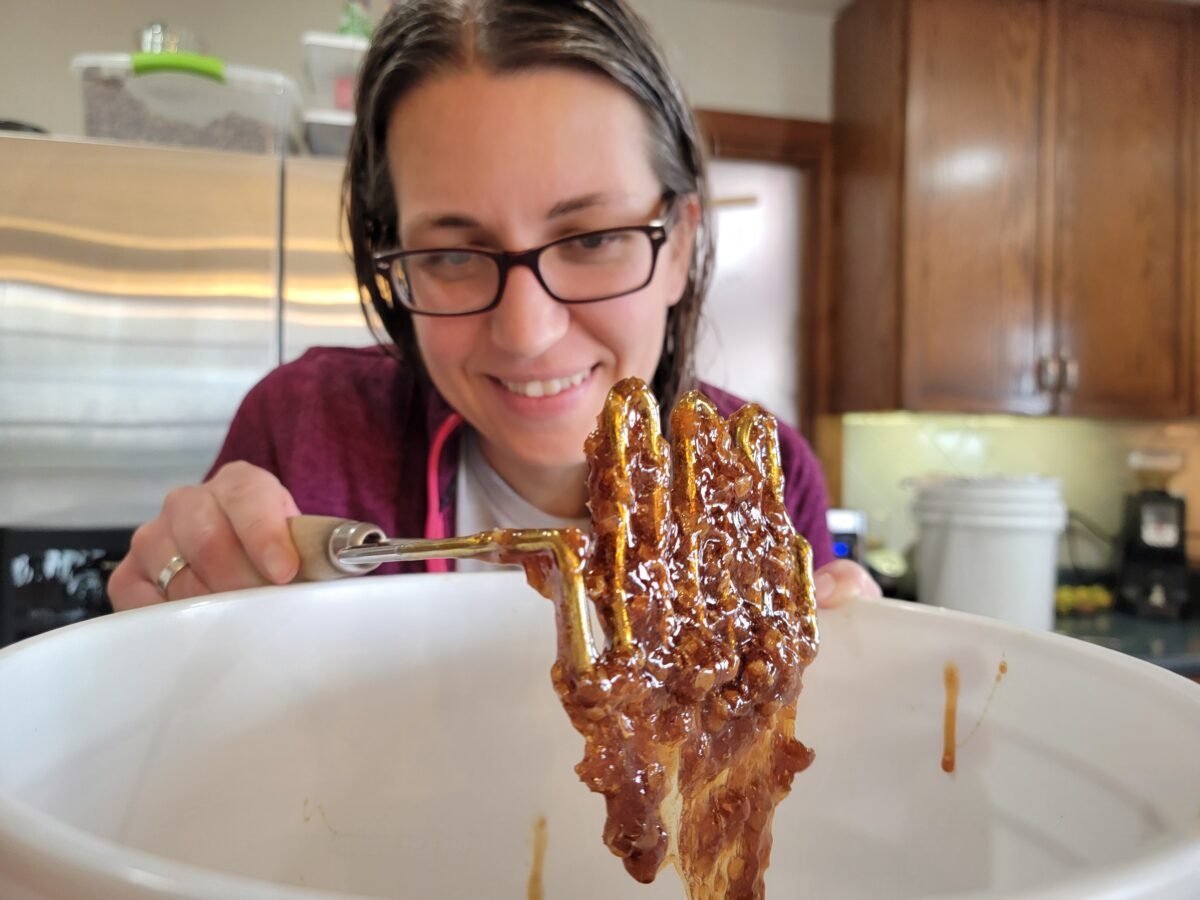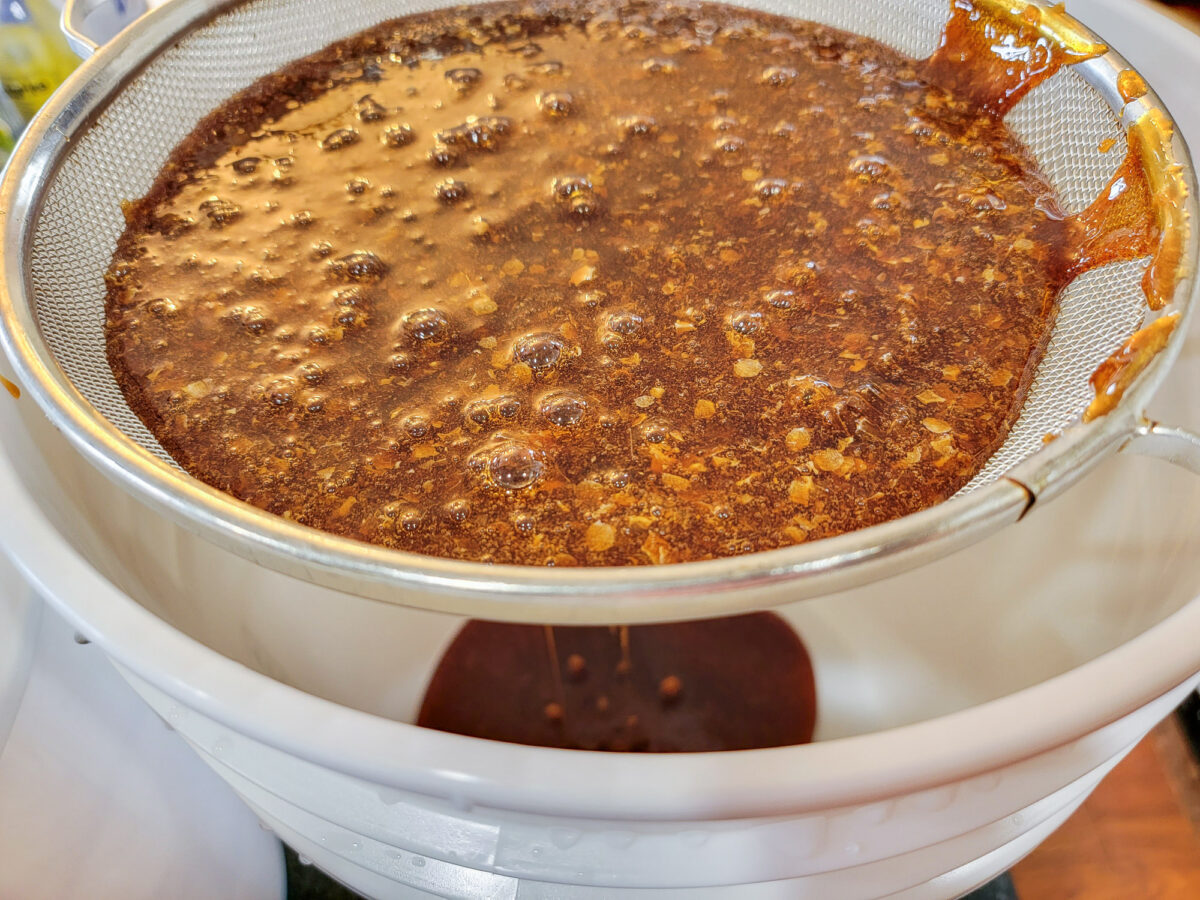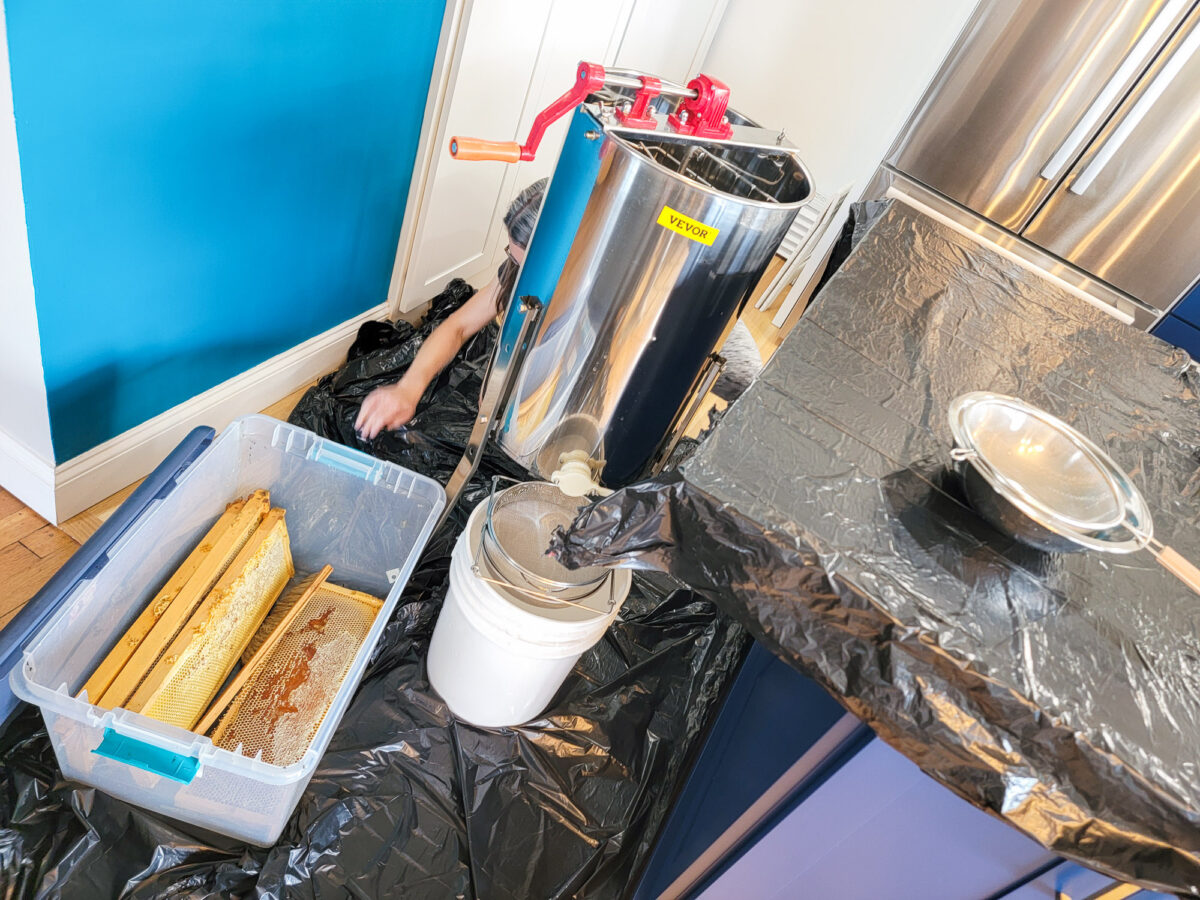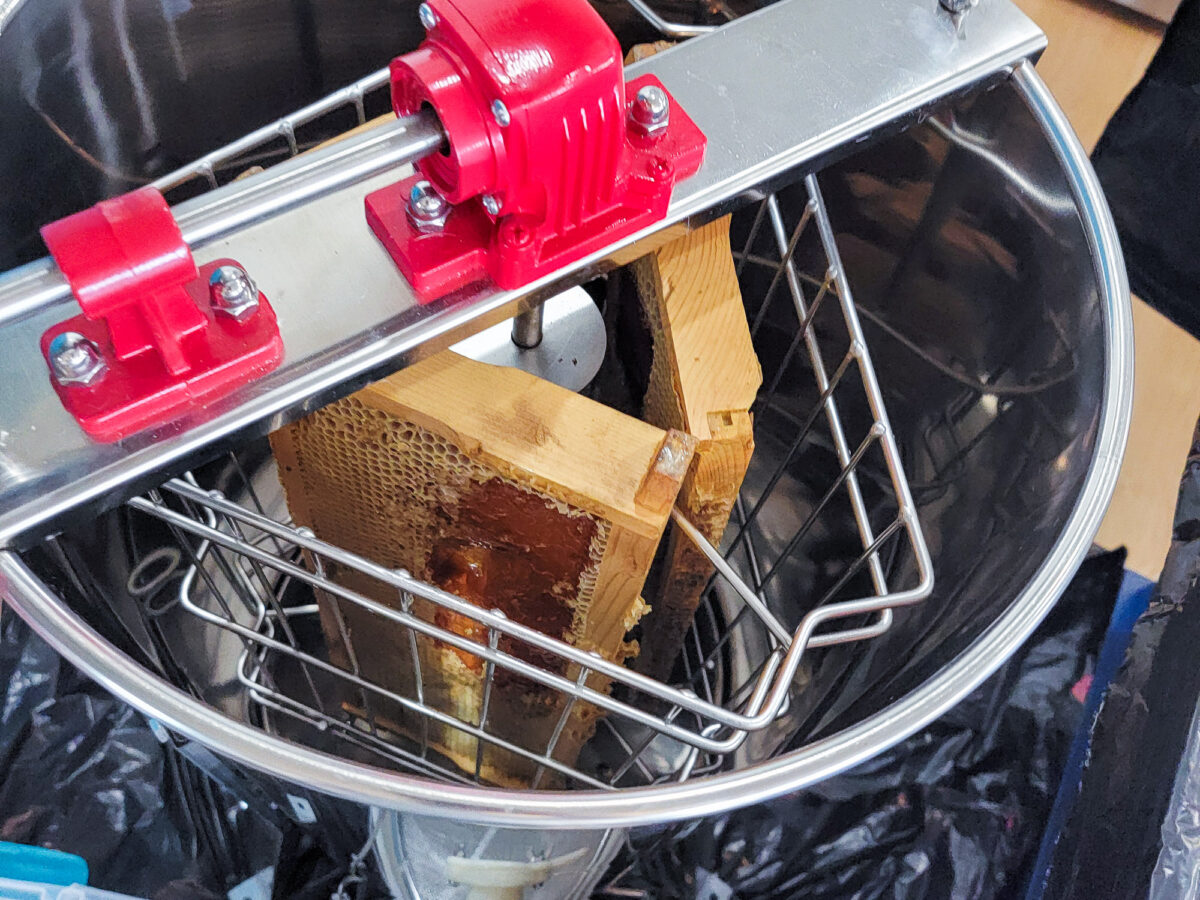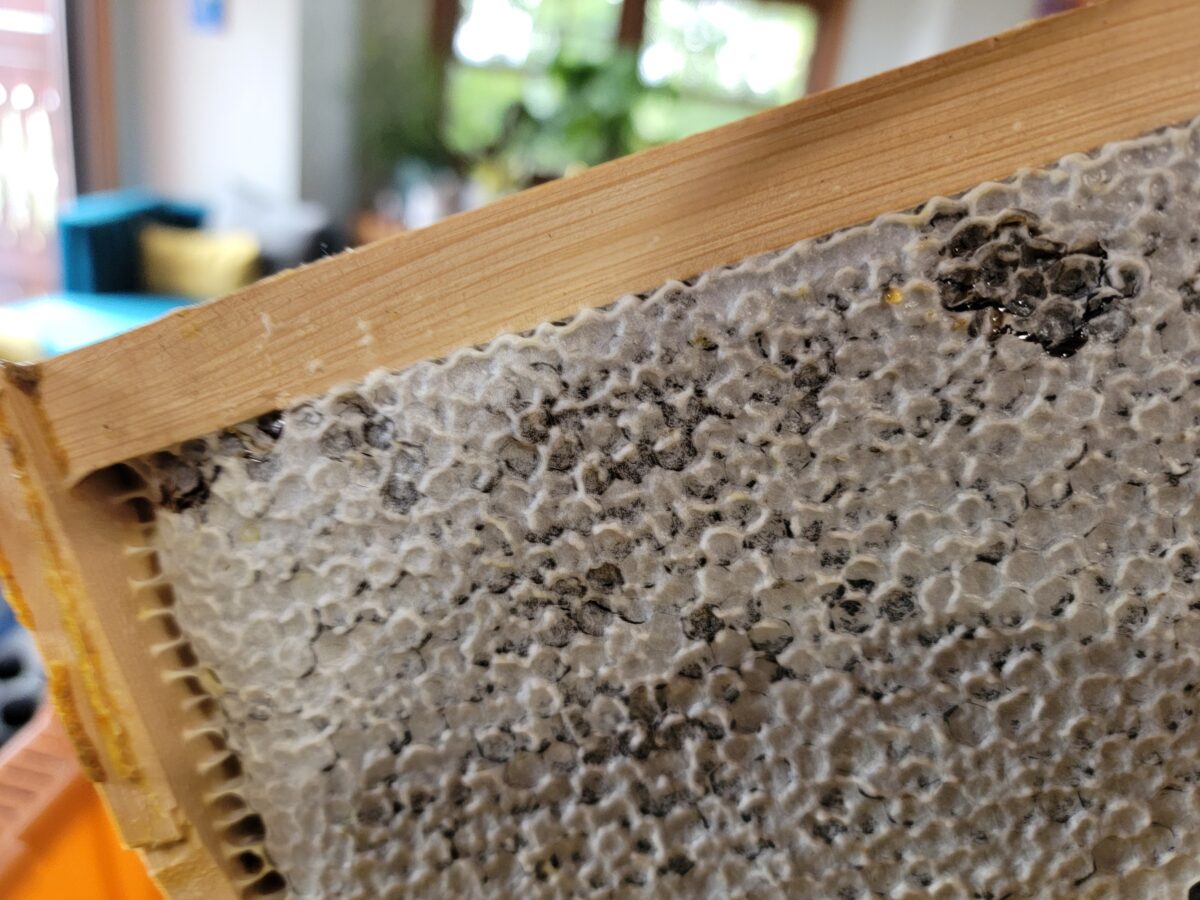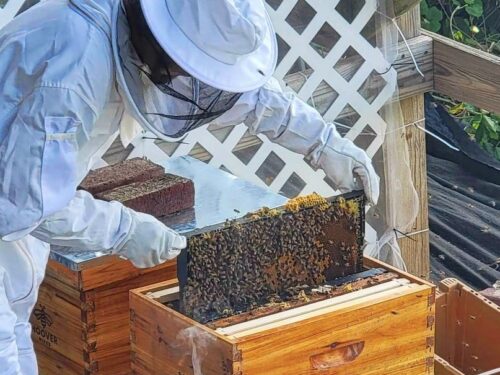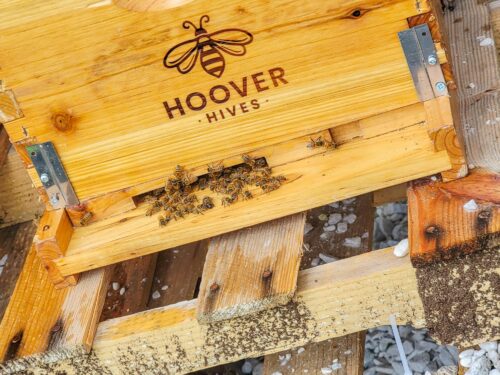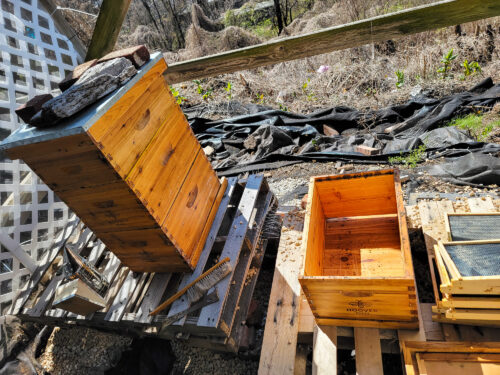Disclaimers: Our site uses demographic data, email opt-ins, display advertising, and affiliate links. Please check out our Terms and Conditions for more information.
When your beehives are filling their supers with honey, it is time to get ready for a possible harvest.
While you have to wait for the honey to be cured and capped to ensure it is below safe moisture levels (you can check this with a refractometer, if you are so inclined), you would do well to plan your method of honey extraction ahead of time to be prepared for when the day comes.
As it turns out, there are two popular methods for harvesting honey- the crush and strain method and using an extractor.
After trying both, we thought we'd share a bit about each method, and why buying a honey extractor would be the way to go if you can justify it. This one comes with some seriously caveats for home apiaries!
What is the Crush and Strain Method?
The crush and strain method is exactly like what you'd expect from the name.
After removing frames from your beehives, the entire contents of the foundation are scraped off using a tool, leaving only the foundation and a base layer of wax behind. The scraped off component is typically collected in a food-grade bucket, mashed, and poured through a sieve (ideally, a double sieve) to collect in a second food-grade bucket before bottling (a bucket with a spigot is recommended here for bottling).
The frames with residual wax and honey are then either returned to the hive or set outside in a clear area for bees to come and clean off before subsequent storage, while the collected wax can be rinsed off and used for wax-based products if you were so inclined.
- Note: All steps of the process dealing with wax is incredibly messy. We recommend having dedicated tools, bowls, and covered surfaces here. While this is true for both methods at different stages, you simply will be in contact with wax at almost every step of the way with the crush and strain method- so it is especially important here.
How Do Extractors Work?
Extractors are essentially centrifuges that spin frames to remove the honey without damaging the comb.
These pieces of equipment are designed based on frame count and size (confirm this before buying, e.g. a three-frame extractor that can accommodate medium frames), and apply centrifugal force to frames when spun (either manually or via a motor- the latter typically best for commercial apiaries). All you have to do is remove the top layer of wax with a wax removal tool (often a knife), put the frames in the extractor, spin, flip the frame, spin the other side (extractors work on one side at a time), and you're good to go.
As the frames are only uncapped here, the comb is mostly preserved and can be placed back into hives for the bees to fill back up with honey.
- Note: Most extractors cause a great deal of force that often gets directed towards the floor. If you are unable to anchor your extractor to a surface (our extractor's feet have bolt holes), expect them to be a bit wobbly when in use with constant force being applied downward. We did not expect this, and got a few (very mild) scratches on our hardwood floors. In the future, we will only use our extractor on concrete and recommend doing the same.
Which is Better for Harvesting Honey?
While both methods are suitable for extracting honey from frames, extractors are often considered to be a much better option for beehives solely because they preserve the comb in the process.
The reason for this is that drawing comb is resource-intensive. Some estimates suggest it takes about 8 lbs of honey to make 1 lb of wax, and by removing the wax using the crush and strain method, you are essentially forcing your bees to do much more work before the next possible harvest and you could miss out on a great deal of the nectar flow depending on your hive productivity.
With an extractor, you can put the frames back on the hive and the bees will start filling them back up with honey immediately. In a strong flow, they can get to work on those frames and have them full relatively quickly. It is not unheard of for a strong colony during a heavy flow to fill up a super within a few days, even after a harvest (although I will note that this seems to be rare and is also likely heavily location-dependent, amongst many other factors).
Unfortunately, there are many downsides to honey extractors. They're expensive, bulky, and really only make sense to use when you are harvesting a decent number of frames after factoring in the time and cleaning that it requires. When I did a partial harvest of just five frames, I spent more time prepping and cleaning my extractor than I did spinning out my frames. But if I were to harvest all of my hives (32 total frames), an extractor would be a huge time saver. My bees were already refilling the frames with honey in my subsequent inspection!
For the crush and strain method, I found that more wax made its way into my final honey, even after passing through a sieve, and the honey was more prone to crystallize. This may just have been a case of me not knowing what I was doing, and possibly because in that harvest I only used a single sieve (not a double sieve as is normally recommended), but it was something I observed relative to honey pulled out from my extractor. Likewise, my bees then were delayed quite a bit in drawing out the frame during the next flow, and I missed out on more honey harvested in the long run.
The time required to draw comb is serious!
That said, the crush and strain method may make sense for some simply because the downsides of a honey extractor may not be worth it. Those with only one or two hives, those harvesting a limited number of frames from within a hive, those with limited storage space, and others are all very valid reasons to not buy an extractor outside of the cost aspect. This is one reason why a lot of beekeepers recommend making friends in the community as an extractor can often be shared amongst friendly neighbors (you are only using it a couple of days a year, after all, so some strategic sharing can go a long way).
Still, for those who choose the crush and strain method, you must be prepared for the fact that your overall yield of harvesting honey will likely be diminished solely from the fact that you're removing a significant resource to your hives. If you're okay with this, great, go for it! If you're not, well, an extractor may be something to look into.
Do you harvest honey with an extractor or the crush and strain method? Why did you pick that? Comment below to share!
Start an Apiary Today
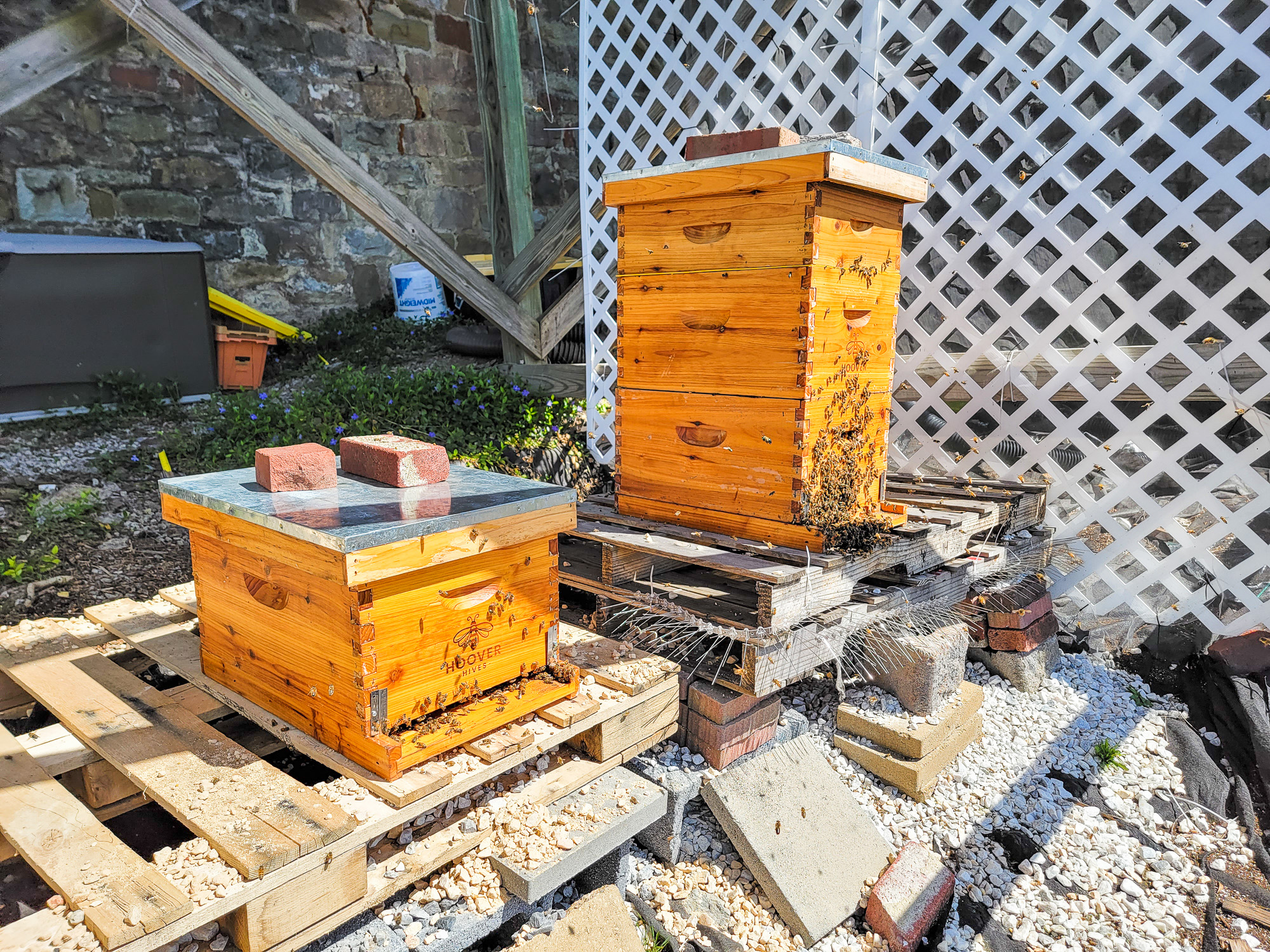
Looking to get into beekeeping? Pick-up preassembled waxed Hoover Hives from Galena Farms. Use discount code HIPSTERHOMESTEADERS to take 5% off your order!


